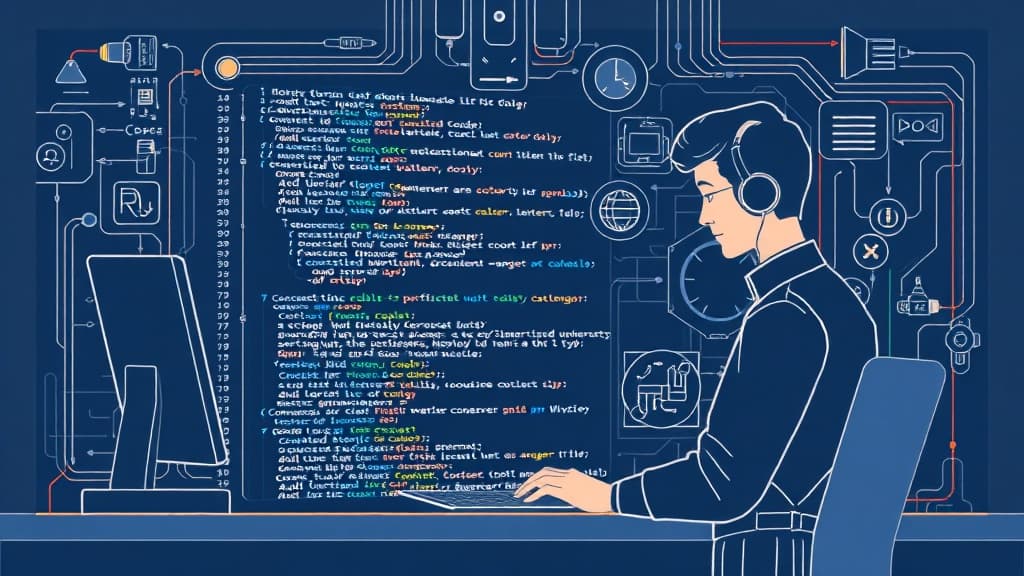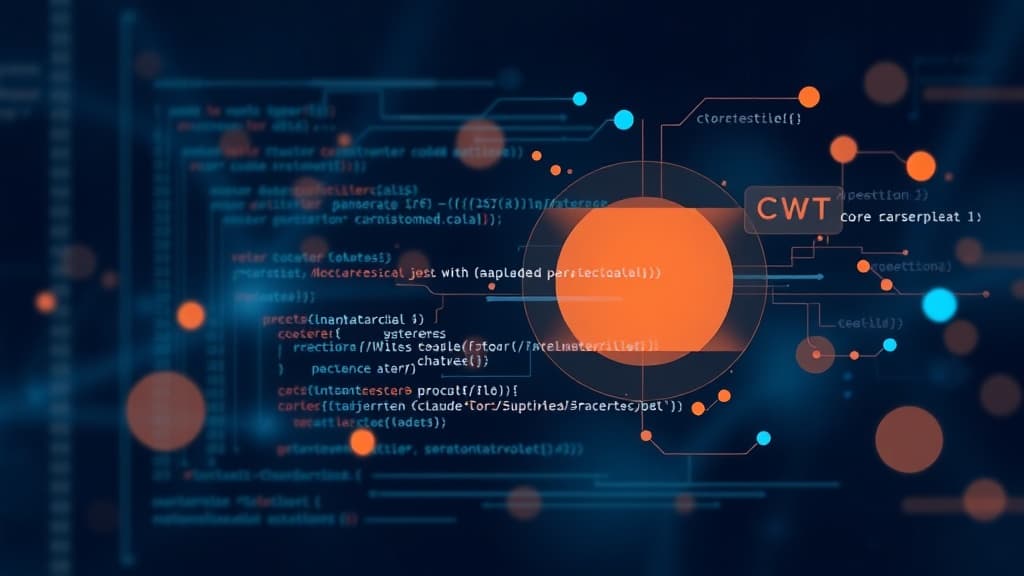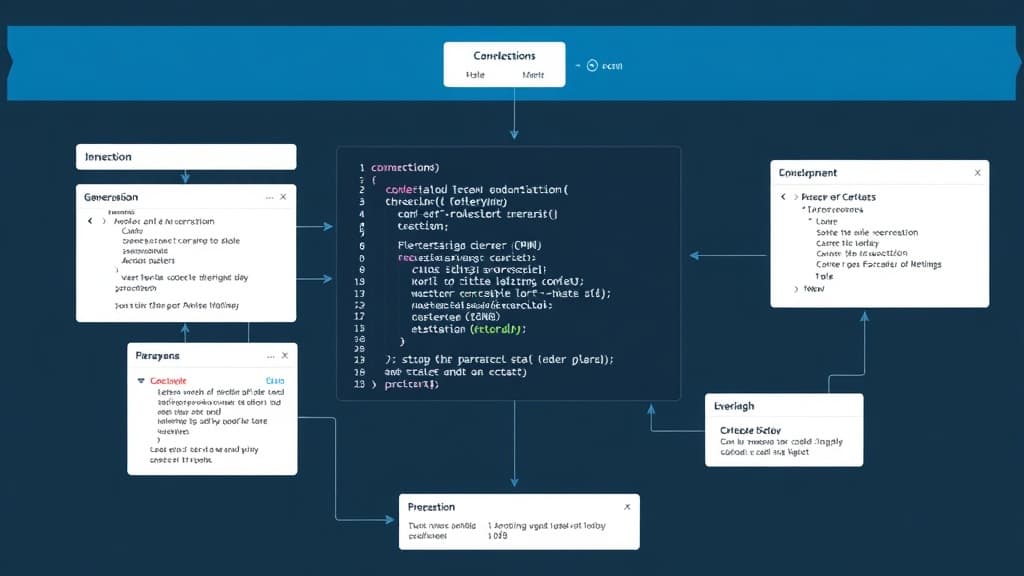Claude 4: Contextual Understanding for Code Generation

Claude 4: Contextual Understanding for Code Generation
Hey there, fellow developers! If you’ve been keeping your ear to the ground in the world of AI and coding, you’ve probably heard a lot about Claude 4. Released in early 2025, this latest version from Anthropic is making waves—not just for its coding capabilities, but for its incredible contextual understanding. So, what does that mean for us as developers? Let’s dive into the nitty-gritty and explore how Claude 4 is changing the game for code generation.
What’s New with Claude 4?
To kick things off, let’s look at some key facts about Claude 4. This version, officially labeled 4.2 as of October 2025, builds on the already impressive abilities of Claude 3. It’s packed with a transformer-based architecture that’s fine-tuned for both natural language processing and code generation.
What’s really impressive is its contextual understanding. Unlike its predecessors, Claude 4 can grasp the nuances of your coding tasks—like your variable names and function definitions. This means it doesn’t just spit out code that’s syntactically correct; it generates code that’s contextually relevant and tailored to your needs. If that’s not exciting, I don’t know what is!
Recent Developments: What’s Improved?
Over the past few months, Claude 4 has undergone some cool enhancements. For starters, it now boasts multi-language support that makes it a powerhouse for languages like Python, JavaScript, TypeScript, Java, and Go. This flexibility is a game-changer for teams working on diverse tech stacks.
But that’s not all—Claude has also rolled out some fantastic code review features. Imagine having an AI buddy that can critique your existing code, suggest optimizations, and even flag potential bugs or security issues. I’ve found these features particularly handy during those late-night coding sessions when I’m just too tired to spot the obvious mistakes!
And here’s another interesting tidbit: there’s now a user feedback loop in place. You can rate the quality of the code generated by Claude, and this data is used to continually fine-tune the model. This means it’s not just a static tool; it gets smarter over time based on real user interactions.
Getting into the Details
For those of you who like to dig deep into the tech specs, let’s talk about the current version numbers. At the moment, you’re looking at Claude 4.2, with the API version being 4.2.0. This API offers endpoints for code generation, contextual understanding, and even integration with CI/CD pipelines. So, whether you’re building a new project or looking to automate some of your workflows, there’s plenty to work with.
Code Snippets That Make Sense
You’re probably wondering how Claude 4 actually performs when it comes to generating code. Let’s check out a couple of examples.
Python Function to Calculate Factorial:
def factorial(n: int) -> int:
"""Calculate the factorial of a number."""
if n < 0:
raise ValueError("Input must be a non-negative integer.")
return 1 if n == 0 else n * factorial(n - 1)
# Usage
print(factorial(5)) # Output: 120
In this snippet, Claude 4 not only provides a working function but also includes appropriate error handling. Pretty cool, right?
JavaScript Fetch API Call:
async function fetchData(url) {
try {
const response = await fetch(url);
if (!response.ok) {
throw new Error('Network response was not ok');
}
const data = await response.json();
return data;
} catch (error) {
console.error('There was a problem with the fetch operation:', error);
}
}
// Usage
fetchData('https://api.example.com/data').then(data => console.log(data));
With this JavaScript example, Claude 4 demonstrates its ability to handle asynchronous operations effectively and provide meaningful error messages. This level of contextual awareness is what really sets it apart.
Real-World Applications: How Developers Are Using Claude 4
Now, let’s get into some practical applications of Claude 4. Developers are leveraging this tool for rapid prototyping—generating functional code snippets quickly allows teams to iterate faster and get feedback with minimal overhead.
In the realm of education, coding bootcamps and academic institutions are adopting Claude 4 to assist students. Imagine having an AI that can help clarify coding concepts or provide context-aware examples. It’s a great way to enhance the learning experience.
On the DevOps side, companies are integrating Claude 4 into their pipelines to generate deployment scripts and automate repetitive coding tasks. This not only boosts efficiency but also helps maintain consistency across projects.
And let’s not forget about open-source contributions. Projects are using Claude 4 to enhance their documentation, write tests, and improve overall code quality. This collaborative spirit, fueled by AI, is leading to more robust and reliable community-driven software.
Wrapping It Up
So there you have it! Claude 4 is a powerful ally for developers as of October 2025, thanks to its advanced contextual understanding and seamless integration capabilities. It's not just a fancy tool; it's a real game-changer that's redefining how we approach coding. Whether you’re prototyping a new app, teaching the next generation of coders, or optimizing your DevOps workflow, Claude 4 has something to offer.
As we continue to evolve in our practices and technologies, having tools like Claude 4 at our disposal will undoubtedly enhance productivity and improve the overall quality of our code. So why not give it a shot and see how it can fit into your development workflow? Happy coding!

